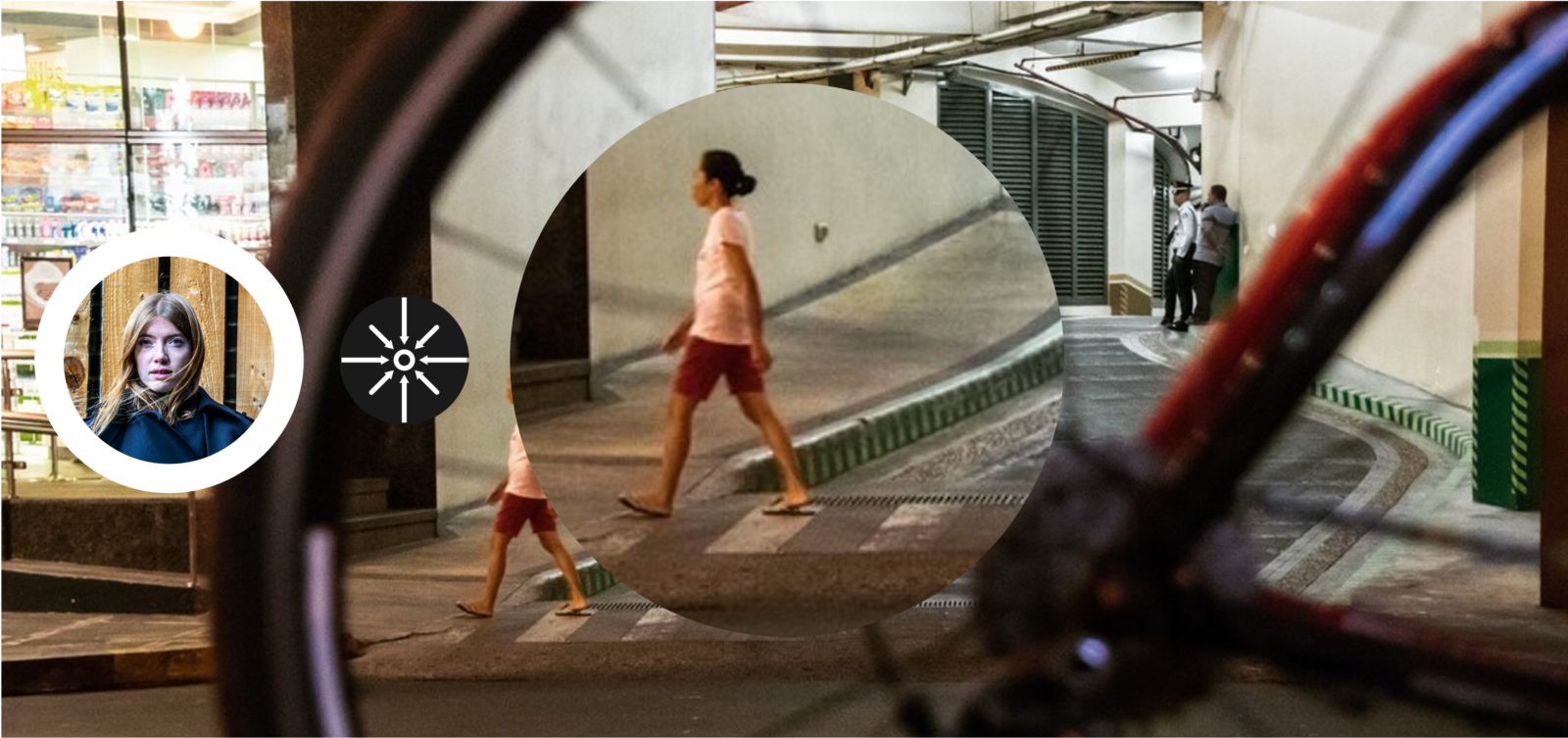An evolution of a traditional car show
With the huge number of events that are taking place at the moment about ‘future’, ‘mobility’ and ‘sustainability’, this traditionally car-centric fair, which has been running in Frankfurt since 1897, could have been in danger of appearing out-of-touch. However, 2021’s recent IAA Show worked hard to take its place on the stage of future debates that look beyond ready-to-drive concepts. Held for the first time in Munich, this year’s show turned out to be less about passive car-mobility, and more about active alternatives. It raised some big questions about the feasibility of initiatives when planning mobility futures.
Mobility is finally about far more than shiny aesthetics
The past two years have evolved behavioural patterns as we’ve had to reassess why we travel. The restrictive scenarios of lockdowns around the world have reframed out ‘why’ and ‘how’ and ‘pleasure’ was pushed out of the equation in favour of ‘necessity’. For many who live in more privileged contexts, movement and travel has commonly been associated with nourishing the relationship with self (whether related to the mode of transport used, or the surroundings that are interacted with along the journey and at the destination). So it makes sense that the recent IAA was about far more than shiny aesthetics. Much time and space was dedicated to innovation, including debates, ideas, initiatives and tech concept solutions. Key aspects of industry transformation were considered, including sustainability and regenerative principles of product life cycles. Partners were invited to open discussions relevant to ongoing ‘buzz’ conversations, such as ‘design towards zero’, alternative fuels and cutting CO2 from personal and urban transit mobility solutions. This pivotal focus aligns well with the European aspiration to be the first climate neutral continent backed by the commitments of the ‘European Green Deal’.
We must understand diverse geographical contexts if we’re to achieve a global vision
We are all aware that exploration into alternatives for sustainable and regenerative mobility futures needs our urgent and undivided attention. This is particularly true in the context of the urban landscape, where the negative impacts of car-usage pile up on top of one another. Illustrating how changes could reimagine big futures for Europe is necessary to inspire the European and global community and provide a prospectus of a long-term, positive vision. However, co-creation between both private and public sectors will need to operate at regional and community levels in order to translate into meaningful localised futures that work towards the global vision.
Of course, having a global vision is essential when aiming to solve a planet-wide problem, but attention to nuanced regional specificities must be taken into consideration in parallel. I congratulate the IAA for embracing discussion about mobility futures beyond car concepts, but to address a global ambition we must be inclusive of the futures that may exist across diverse geographical contexts. Are we thinking enough about the minority, niche and irregular urban set-ups? Are we working towards solutions that will be attractive and accessible to all urban inhabitants? How can we take care to tailor broad initiatives to different regional characteristics so that they actually work?
How to find solutions that work at localised levels towards the greater good?
Cultural implications tint every geographical context with a rainbow of nuances. Each mobility landscape – and the relationships that are established within its socio-cultural realm – is diverse. Big scale initiatives require applied research that’s orchestrated simultaneously across regions, cities and districts – and this will allow the set-up of iterative action cycles and live testbeds to generate regional, niche intelligence that can be assimilated into the bigger picture.
Both public and private sectors need to embrace human-focused research alongside research that is tech-centric. This will build a transdisciplinary bridge to support stakeholder thinking and action. Social research and ethnographic methodologies can provide both a worldwide and a close-up view of regions and reveal critical ecological affordances and intersections, helping to sculpt processes and alignments as we move forward. In summary, ‘the future of mobility’ should become the ‘futures of mobility’ as we strive to find solutions that work at localised levels towards the greater good.
There’s an opportunity for differentiation on the mobility summit circuit
Perhaps then, there is a clear opportunity for the structure of the ‘mobility summit’ to incorporate education and advocacy for research that facilitates regionalised, cultural awareness and understanding? Having transitioned from a ‘car show’ to an event that’s more aligned with a ‘mobility summit’, the IAA now has the challenge of differentiating itself from a number of other similar summits; there’s little point in investing in another debate that repeats mobility buzzwords. There is certainly a gap in the mobility summit circuit for an event that isn’t afraid to emphasise the importance of localised behaviours and socio-cultural and political understanding. Maybe the IAA, which brings together people from the entire mobility chain, from all around the world, is the right organisation to successfully fill that gap?
 Anteja specialises in design research, service design and creative strategy. Throughout her research work, Anteja has acquired extensive knowledge about political and socio-cultural shifts, and the development of behaviour trends across Europe. Having worked across the financial, healthcare, retail, automotive and transportation industries, she is particularly interested in people-focused mobility and how experiential design research methods can shape design strategy in the context of the future of mobility.
Anteja specialises in design research, service design and creative strategy. Throughout her research work, Anteja has acquired extensive knowledge about political and socio-cultural shifts, and the development of behaviour trends across Europe. Having worked across the financial, healthcare, retail, automotive and transportation industries, she is particularly interested in people-focused mobility and how experiential design research methods can shape design strategy in the context of the future of mobility.
Anteja has a BA in Product Design from Central Saint Martins, and an MRes in Design from the Royal College of Art. She has lived in Germany and is currently based in Italy. She speaks Polish and English, and is learning German and Italian.
If you have an opinion on this subject, we’d love to hear from you! Drop Anteja a line at [email protected].
Posted on October 8th, 2021
Consumption Publications Innovation Social Change Research


 Anteja specialises in design research, service design and creative strategy. Throughout her research work, Anteja has acquired extensive knowledge about political and socio-cultural shifts, and the development of behaviour trends across Europe. Having worked across the financial, healthcare, retail, automotive and transportation industries, she is particularly interested in people-focused mobility and how experiential design research methods can shape design strategy in the context of the future of mobility.
Anteja specialises in design research, service design and creative strategy. Throughout her research work, Anteja has acquired extensive knowledge about political and socio-cultural shifts, and the development of behaviour trends across Europe. Having worked across the financial, healthcare, retail, automotive and transportation industries, she is particularly interested in people-focused mobility and how experiential design research methods can shape design strategy in the context of the future of mobility.
